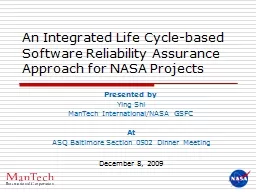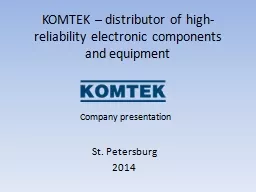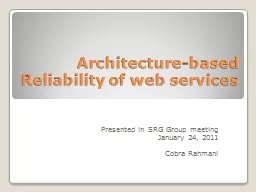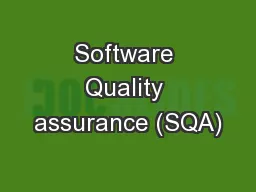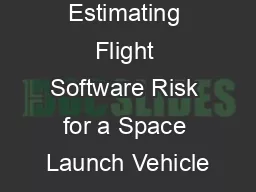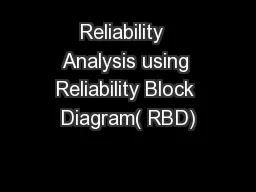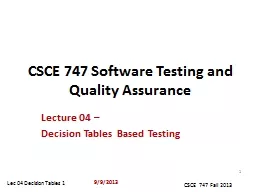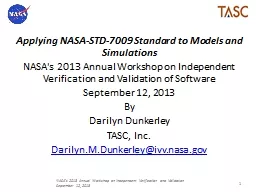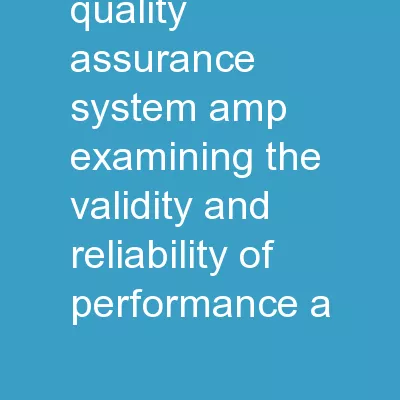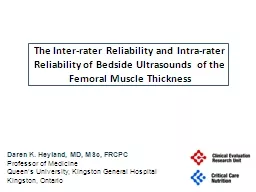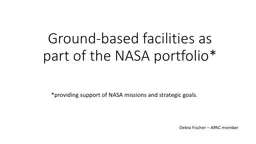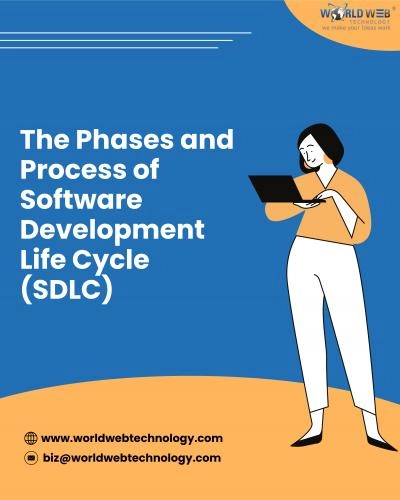PPT-An Integrated Life Cycle-based Software Reliability Assurance Approach for NASA Projects
Author : pasty-toler | Published Date : 2019-01-30
Presented by Ying Shi ManTech InternationalNASA GSFC At ASQ Baltimore Section 0502 Dinner Meeting December 8 2009 Outline Software Reliability SWR Introduction What
Presentation Embed Code
Download Presentation
Download Presentation The PPT/PDF document "An Integrated Life Cycle-based Software ..." is the property of its rightful owner. Permission is granted to download and print the materials on this website for personal, non-commercial use only, and to display it on your personal computer provided you do not modify the materials and that you retain all copyright notices contained in the materials. By downloading content from our website, you accept the terms of this agreement.
An Integrated Life Cycle-based Software Reliability Assurance Approach for NASA Projects: Transcript
Download Rules Of Document
"An Integrated Life Cycle-based Software Reliability Assurance Approach for NASA Projects"The content belongs to its owner. You may download and print it for personal use, without modification, and keep all copyright notices. By downloading, you agree to these terms.
Related Documents

